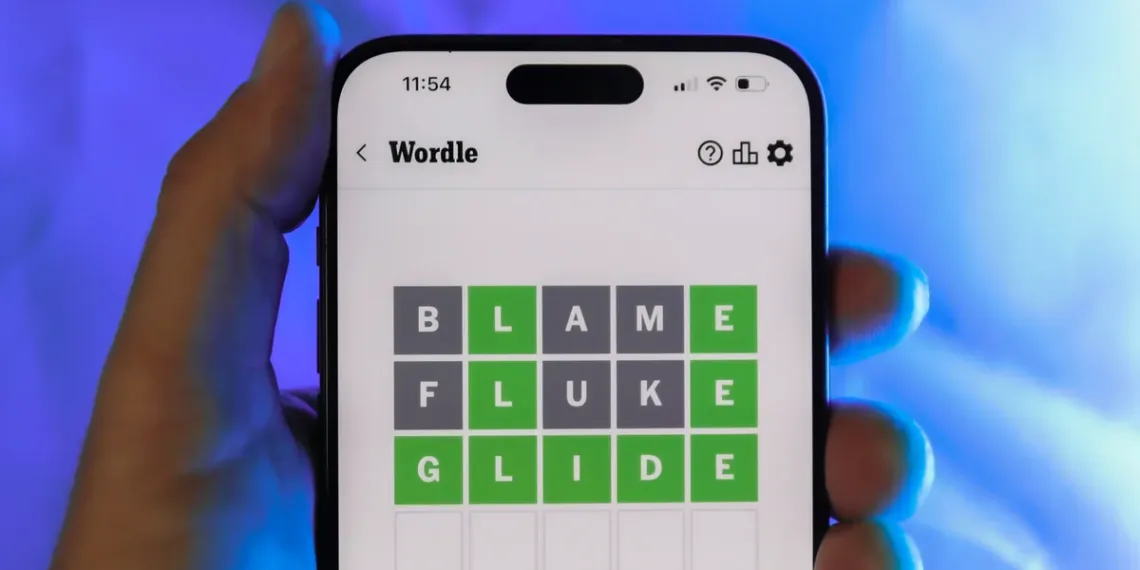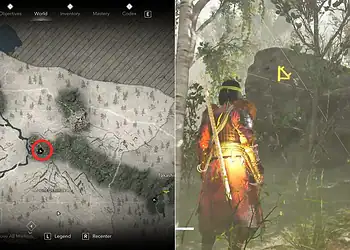The daily ritual of solving NYT Wordle has become a cherished morning tradition for word enthusiasts worldwide, combining the thrill of linguistic detective work with the satisfaction of pattern recognition. As puzzle #1388 arrives on this Monday, April 7, 2025, players once again face the delightful challenge of deciphering a five-letter word within the game’s signature six attempts. Whether you’re a seasoned Wordle veteran who proudly maintains an unbroken streak or a casual player simply looking for a mental warm-up to start your week, today’s puzzle offers an intriguing balance of accessibility and challenge.
For those moments when you find yourself staring at a stubborn yellow letter or contemplating your next strategic guess, our carefully crafted hints provide just enough guidance without spoiling the satisfaction of your eventual discovery. This comprehensive guide walks you through solving today’s Wordle with incrementally revealing clues, allowing you to choose exactly how much help you need to maintain your winning streak.
Table of Contents
Solving Today’s NYT Wordle: Strategic Hints for April 7, 2025
Today’s Wordle puzzle #1388 presents an interesting challenge that tests both vocabulary and deductive reasoning skills. As with every Wordle puzzle, the key to success lies in making strategic initial guesses that maximize information gathering, followed by thoughtful analysis of the feedback provided. Before diving into specific hints for today’s answer, it’s worth noting that starting with words containing common letters like E, A, R, T, and S continues to be a statistically sound approach that many successful players employ.

For those seeking gentle guidance without immediate spoilers, let’s begin with some carefully calibrated hints for today’s puzzle. The word features two vowels distributed among its five letters, which already narrows down the possibilities considerably. Word structure enthusiasts will appreciate knowing that today’s solution contains no repeated letters – eliminating the additional complexity that double letters sometimes introduce. This particular word begins with the letter “H,” which appears in approximately 4.2% of five-letter English words, making it a moderately common starting letter that might not appear in many players’ opening guesses.
Semantically, today’s Wordle answer “HAZEL” refers to a type of flowering shrub or small tree known for its distinctive nuts, but the word has evolved to encompass several related meanings. It’s perhaps most commonly recognized as a color descriptor – a warm brownish-green or light brown shade particularly associated with a specific eye color. The word’s dual meaning as both a botanical reference and a color name might make it more recognizable to players with interests in nature or visual arts, though its relative frequency in everyday English conversation makes it accessible to most native speakers.
According to Wordlebot analytics, today’s puzzle presents a moderate challenge for the average player. With a mean solution rate of 4.8 guesses in normal mode, “HAZEL” sits slightly above the overall Wordle average difficulty. Only about 8% of players managed to solve it in three or fewer attempts, suggesting that while not among the most challenging puzzles, it certainly requires careful consideration. The community’s average luck score of 47.4 indicates that many players encountered some difficulty eliminating potential solutions, while the skill score of 76.1 demonstrates that logical deduction still played a significant role in successful solves.

For those looking to improve their Wordle performance, today’s puzzle offers valuable lessons in letter frequency analysis. The letter “Z” appears relatively infrequently in five-letter English words, potentially causing difficulty for players who encounter it later in their guess sequence. Similarly, the letter combination “AZE” is uncommon enough that it might not immediately suggest “HAZEL” as a candidate solution, even when partially revealed. This highlights the importance of considering less common letter combinations when faced with challenging letter patterns.
If you’re still working through your guesses, remember that methodical elimination remains your most powerful strategy. With each guess, focus on introducing new letters rather than confirming those you’ve already identified, maximizing the information gained with each attempt. Should you find yourself down to your final guess, trust your intuition – the correct answer often feels right once you’ve narrowed down the possibilities through logical deduction.
| Wordle Stats for Puzzle #1388 | Data |
|---|---|
| Answer | HAZEL |
| Average Guesses (Normal Mode) | 4.8 |
| Players Solving in ≤3 Guesses | 8.0% |
| Average Luck Score | 47.4 |
| Average Skill Score | 76.1 |
| Word Frequency Ranking | Moderately Common |
| Starting Letter Frequency | 4.2% of 5-letter words |
For those who successfully solved today’s puzzle, congratulations on maintaining your streak! If “HAZEL” proved challenging, take comfort in knowing that tomorrow brings a fresh opportunity to apply the insights gained today. The beauty of Wordle lies in its ability to simultaneously test and expand our vocabulary, making each day’s puzzle a miniature learning opportunity regardless of the outcome.
Looking back at recent puzzles provides additional context for today’s challenge. Yesterday’s answer “VILLA” had a notably higher solve rate with an average of 4.2 guesses and nearly 16% of players solving in three or fewer attempts. Other recent answers include “FOAMY,” “KRILL,” “SHEAR,” and “CURSE,” representing a diverse range of word types that exercise different aspects of vocabulary knowledge and letter-pattern recognition.
The Last of Us Part 2 on ROG Ally: Optimal Settings Guide for Smooth 45 FPS Gameplay
Frequently Asked Questions
What strategies work best for solving Wordle puzzles like today’s “HAZEL”?
Success in Wordle generally comes from a combination of strategic first guesses and methodical elimination. For words like “HAZEL” that contain less common letters such as Z, starting with words that include frequent consonants and vowels proves essential. Begin with words containing E, A, R, T, and S to establish which common letters are present. Once you’ve identified some correct letters (particularly vowels), focus subsequent guesses on words that could fit the emerging pattern while introducing new letters. For “HAZEL” specifically, discovering the ‘H’ and ‘E’ early would significantly narrow possibilities, though the ‘Z’ might remain elusive until later guesses.
When encountering uncommon letters like ‘Z’, consider their typical letter neighbors—in English, ‘Z’ often appears alongside ‘A’ or ‘E’. Additionally, the position of identified letters matters tremendously; knowing that ‘H’ starts the word immediately eliminates thousands of possibilities. For challenging puzzles, tracking eliminated letters on paper or using the keyboard color coding carefully can prevent accidental repetition of ruled-out letters, maximizing your six available guesses.
How does today’s “HAZEL” compare in difficulty to other recent Wordle puzzles?
Today’s “HAZEL” puzzle represents a moderately challenging Wordle compared to recent solutions, falling on the slightly more difficult end of the spectrum. With an average solve rate of 4.8 guesses compared to yesterday’s “VILLA” at 4.2, it required approximately 14% more attempts from the typical player. The presence of ‘Z’—a letter appearing in less than 0.5% of English words—significantly increases difficulty, as many players save uncommon consonants for later guesses.
Additionally, only 8% of players solved “HAZEL” in three or fewer attempts, compared to nearly 16% for “VILLA,” indicating a substantial difference in early-solve probability. Looking at the past week’s puzzles, “HAZEL” ranks as the second most challenging after “KRILL” (which contains a double letter and uncommon ‘K’). The word’s difficulty stems from its combination of an uncommon consonant with a relatively straightforward structure otherwise—creating a puzzle that feels accessible until players encounter the need to place ‘Z’ correctly.
This pattern of including one challenging letter amid otherwise common letters represents a recurring Wordle design principle that maintains the game’s engaging difficulty curve while avoiding frustratingly obscure words.








